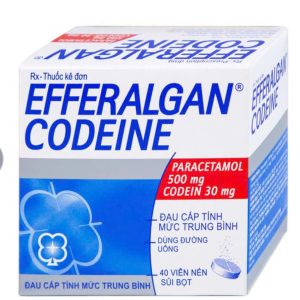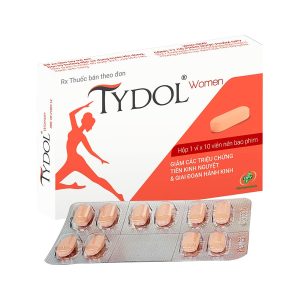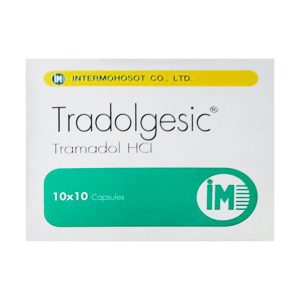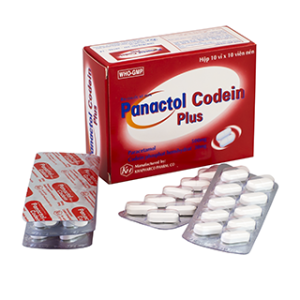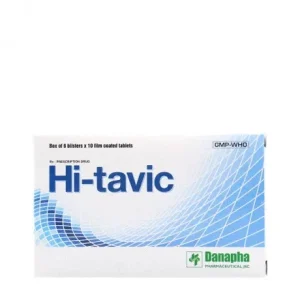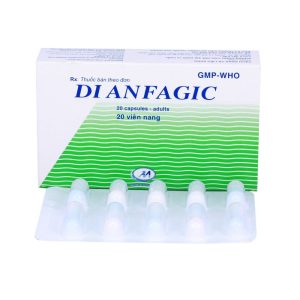We deliver to you every day from 7:00 to 23:00
The best discounts this week
Every week you can find the best discounts here.
Headache Tablets: Effective Solutions for Pain Relief
Headaches are one of the most common health issues people face daily, and finding the right headache tablets is crucial for effective relief. Whether it’s a mild tension headache or a more severe migraine, the right medication can make all the difference. In this article, we will explore the various types of headache tablets, their benefits, and how to choose the best one for your needs.

What Causes Headaches?
Headaches can be caused by a variety of factors, ranging from stress and tension to more complex medical conditions like migraines or sinus infections. The pain associated with headaches is often a result of inflammation or tension in the head, neck, or sinus cavities, which leads to discomfort.
Common causes of headaches include:
-
Stress and anxiety: Emotional strain can trigger tension headaches.
-
Dehydration: Lack of water can lead to headache pain.
-
Sleep disturbances: Poor sleep can contribute to chronic headaches.
-
Dietary triggers: Certain foods, like caffeine or alcohol, may cause headaches in some individuals.
Understanding the cause of your headache is the first step in determining which headache tablets are the most appropriate for relief.
Types of Headache Tablets
1. Over-the-Counter Pain Relievers
The most common and accessible type of headache relief is over-the-counter (OTC) pain relievers. These medications are available without a prescription and are effective for managing mild to moderate headaches.
Some popular OTC pain relievers include:
-
Paracetamol (Acetaminophen): Known for its gentle effect on the stomach, paracetamol is effective in treating tension headaches and mild migraines.
-
Ibuprofen: A NSAID (non-steroidal anti-inflammatory drug), ibuprofen helps to reduce both pain and inflammation, making it ideal for headaches caused by sinus pressure or tension.
-
Aspirin: Often used for tension and sinus headaches, aspirin is a powerful anti-inflammatory that can provide relief.
These medications are easy to access and can be a quick fix for occasional headaches.

-
Benefits: Readily available, effective for mild to moderate pain, easy to use.
-
When to Use: Ideal for tension headaches or mild sinus headaches.
2. Combination Tablets
For more severe headaches or when a single medication isn’t effective, combination tablets offer an excellent solution. These tablets combine multiple active ingredients to address different aspects of headache relief, such as pain, inflammation, and nausea.
For example, a typical combination might include:
-
Paracetamol for pain relief.
-
Caffeine to enhance the effects of the pain reliever.
-
Antihistamines to relieve sinus-related headaches.
A popular example is Combiflam Plus, which is designed to provide rapid relief for headaches caused by inflammation.
-
Benefits: Target multiple causes of headache, stronger relief.
-
When to Use: For moderate to severe headaches, such as sinus headaches or migraines.
3. Migraine Tablets
Migraines are more intense than typical headaches and require specialized treatment. Migraine tablets often contain triptans, which are medications designed to treat migraines by targeting the serotonin receptors in the brain.
Common migraine medications include:
-
Sumatriptan: A widely prescribed triptan, sumatriptan works by constricting blood vessels and reducing inflammation in the brain.
-
Zolmitriptan: Another popular migraine-specific treatment, zolmitriptan is effective in managing acute migraine attacks.
While effective, these medications should be used with caution, as they can have side effects like dizziness or nausea.
-
Benefits: Fast-acting and effective for severe migraines.
-
When to Use: Best for migraine relief when OTC medications are ineffective.
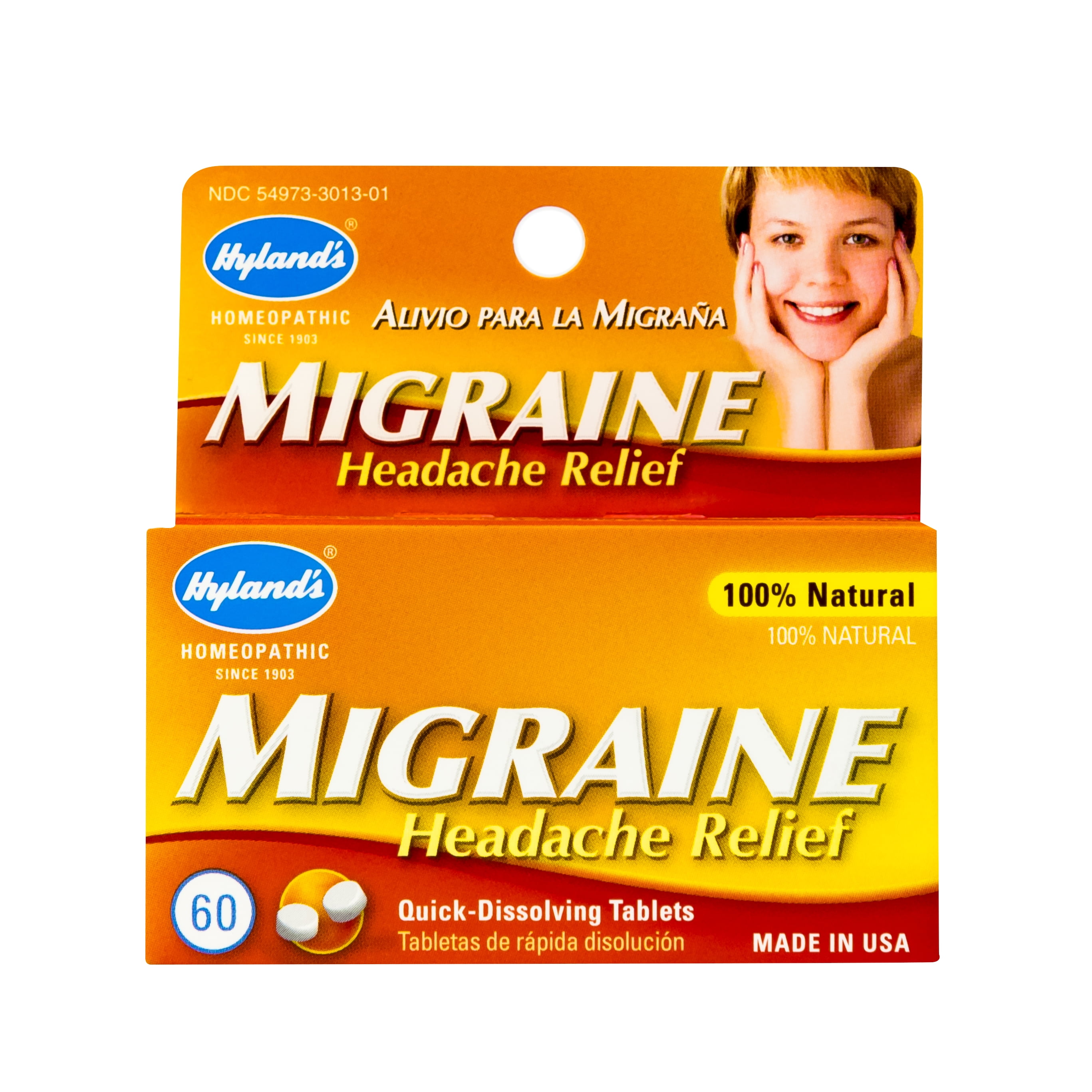
4. Natural Headache Relief Tablets
If you prefer a more natural approach, several herbal and homeopathic headache relief tablets can help reduce pain. These medications use ingredients like:
-
Feverfew: Known for its ability to reduce the frequency and intensity of migraines.
-
Ginger: Effective in alleviating nausea and headaches, especially those caused by migraines.
-
Magnesium: Low levels of magnesium can contribute to headaches, and supplements can help reduce their frequency.
Natural headache tablets can be a great option for those who want to avoid the side effects associated with stronger medications.
-
Benefits: Fewer side effects, suitable for people with chronic headaches or migraines.
-
When to Use: Ideal for those seeking a natural remedy or with frequent migraine attacks.
How to Choose the Right Headache Tablet
Choosing the best headache tablet depends on several factors:
-
Type of headache: Determine whether your headache is a tension headache, sinus headache, or migraine, as different tablets are formulated for each.
-
Severity: Over-the-counter medications are suitable for mild to moderate headaches, but more severe migraines may require prescription tablets.
-
Ingredients: Pay attention to the active ingredients in the tablets. Combination tablets often work best for more complex pain.
FAQs About Headache Tablets
1. Are headache tablets safe to take every day?
While most headache tablets are safe for occasional use, overuse can lead to side effects or dependency, especially with NSAIDs. It’s important to consult with a healthcare provider if you find yourself using pain relievers frequently.
2. Can I use natural remedies instead of headache tablets?
Yes, many people find relief from natural remedies such as herbal teas, magnesium supplements, and essential oils. However, if you experience severe or frequent headaches, it’s best to consult a healthcare provider.
3. What’s the difference between migraine tablets and regular headache tablets?
Migraine tablets are formulated with triptans or specific migraine-targeting ingredients, while regular headache tablets often focus on pain relief and inflammation reduction. Migraine tablets are more potent and are designed to treat migraine attacks specifically.
4. How quickly do headache tablets work?
Most over-the-counter tablets for headache relief begin working within 30 minutes to an hour. Migraine tablets, especially those with triptans, may work faster and provide relief in 20 to 30 minutes.
5. Are there any side effects associated with headache tablets?
While headache tablets are generally safe, NSAIDs can cause stomach upset or ulcers with prolonged use. Triptans can cause dizziness, nausea, or fatigue. Always follow the recommended dosage and consult with a healthcare professional for guidance.
Conclusion
Choosing the right headache tablet is crucial for effective pain relief, whether you’re dealing with a mild tension headache or a severe migraine. From over-the-counter pain relievers to prescription migraine tablets, there are various options available to suit your needs. If you’re looking for natural remedies, herbal supplements can also provide relief with fewer side effects.
Always consult with a healthcare provider to find the best treatment for your headache, especially if you’re experiencing chronic or severe pain. By understanding your options and using the right tablet, you can take control of your headache pain and improve your quality of life.

